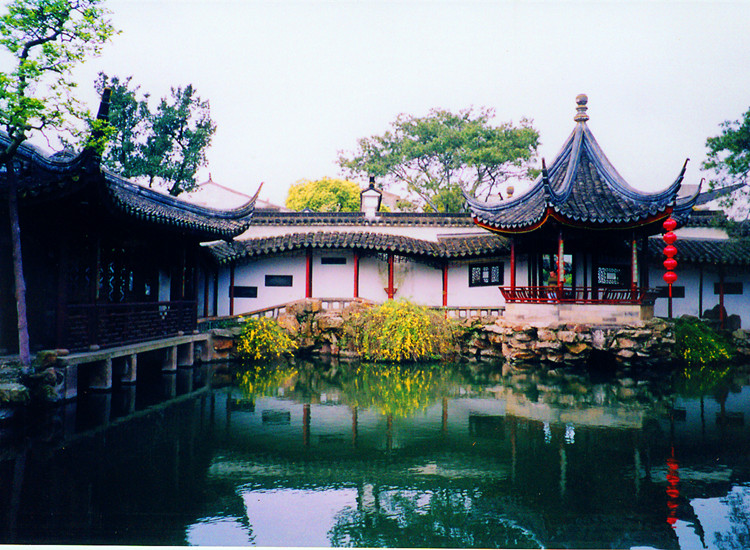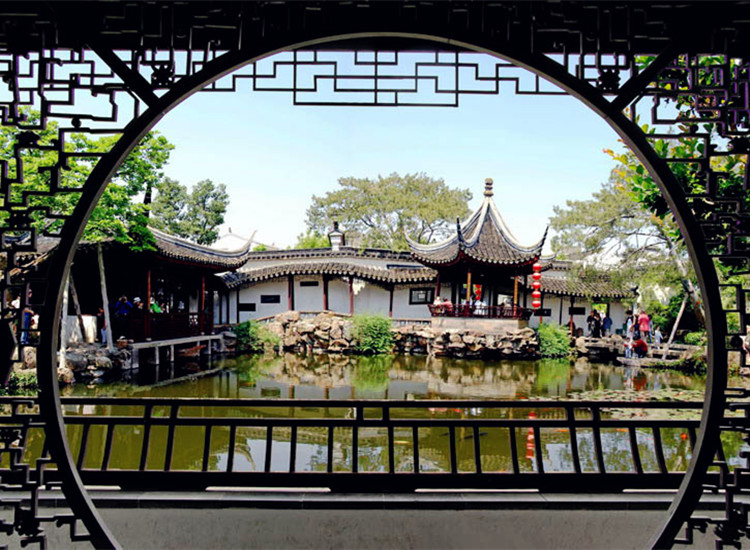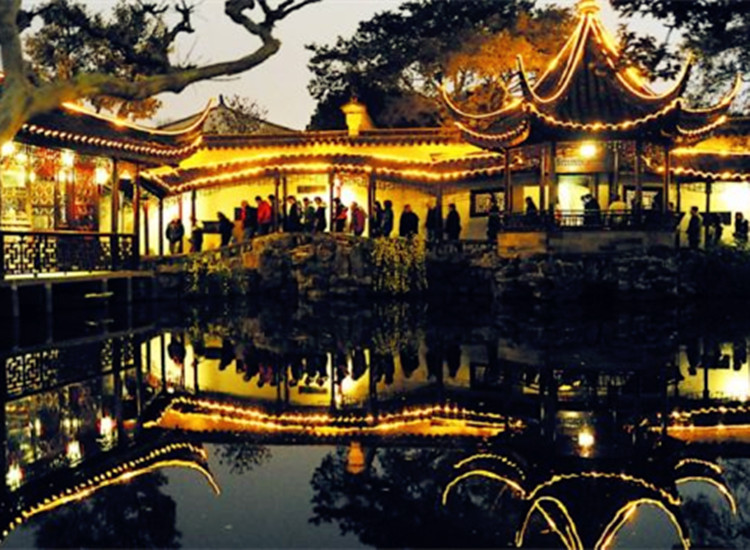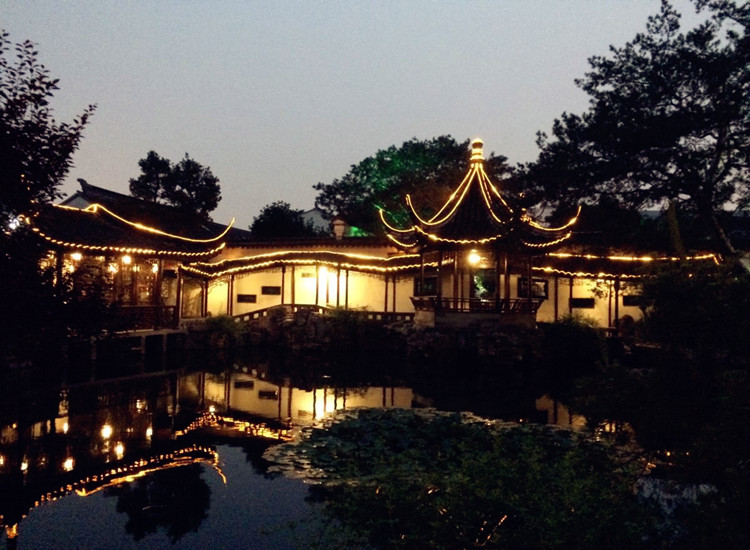The Master-of-Nets Garden is the historical monument for national reservation. And it is inscribed on the World Cultural Heritage List by UNESCO. The garden was founded in the 1180 in the Southern Song Dynasty. Its founder was Shi Zhengzhi, a high official of the Song Court. The earliest name of the garden was the Ten Thousand Volumes Hall. The residence was also known as Fisherman’s Retreat. In the reign of Emperor Qianlong (1736-1796) of the Qing Dynasty, a bureaucrat named Song Zongyuan bought it and built a garden on the site after he went into retirement. Drawing inspiration from the name of Fisherman’s Retreat, he called the garden Wangshi Yuan which meant Fisherman’s Garden, or the garden of the Master of the Fishing Nets. It most popular name in English is the Master-of-Nets Garden. Such a name could express the owner’s aloofness from politics and material pursuits. The garden covers an area of 1.35 acre, and is compactly laid out, with halls, corridors and pavilions well positioned. The garden is of typical residential style. It’s very unique in Suzhou. The residential area is in the eastern part of the garden. From south to north are arranged three elegantly decorated halls—the sedan hall, main hall and rear hall, which are symmetrically built along the same axis.
Sedan-Chair Hall
The gate of the garden. It is one of the very few early homes that can be seen today.The gate is raised way above the ground, making room for the threshold, which stands about three feet high. In the old times, the height of the threshold indicated the social standing of the family. There is a side door next to the main gate, used by servants and common people. The main gate was opened only for the senior members of the family and their distinguished guests, who would come and go in sedanchairs. When the gate opened, the threshold would be removed to let the sedan-chair pass through. This hall is where the sedan-chair would be parked, so it has the name of Sedan Chair Hall.
Five Peaks Library
It is a two-storey classical building, which was originally the library of the owner of the garden. Books used to be stored upstairs, and down here the five-bay room was used as a winter retreat in addition to being a reading room. Through the glass windows we may look out into this courtyard featuring both evergreen trees and deciduous trees with rockeries and white walls as the background. How to go upstairs? A wooden stairway can lead you to go upstairs in another building known as the Hall of Mind Concentration.
Hall of Mind Concentration
This place used to be one of the reading rooms of the garden’s owner. From here the central space of the garden is already visible. Upstairs was the bedroom for grown-up daughters of the family. So the whole building is popularly known as Young Lady’s Building. No gentleman was permitted to enter. In front of the hall is a courtyard, very small but verypoetic, with two bamboo groves growing quite well. Walking southward through the courtyard and a moon gate, you can get to the Bamboo Flanked Verandah.
Bamboo Flanked Verandah
This open-sided verandah resembles the cabin of a boat when it is viewed from the south and southwest. We can have a panorama of scenes over the pond. To the left we may see a yellow rock which rises over the water’s edge like a cliff. The wisteria vines coil about the rockery, and the water seems to flow by the rockery and run freely under a stone bridge towards unknown sources. Situated south beyond the pond is another rock- piled hill, which is named Mount Yungang .It is piled up with yellow stones. If you follow the walkway by the wisteria and circle around the pond, you’ll get to two nice pavilions, one is the water-side studio for washing hat-tassels; the other is a pavilion for viewing the rising moon.




